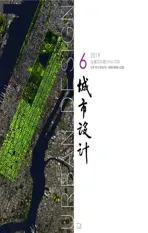空间笔记之北京城—城市翻修系列设计课程教学报告(40)
2019-04-10朱文一
朱文一 岳 阳
基本信息
开课单位:清华大学
课程名称:城市设计理论
课程编号:70000582
课程时间:2019年秋季学期
作业题目:空间笔记之北京城
主讲教师:朱文一
课程助教:岳阳
选课学生:陈富城 杜少紫 傅怀颖 傅悦聪 高英洲 关宇鑫 韩经纬 郝奇 洪由美 洪正彦 黄明慧 匡天宇 李涵一 李伊凡 梁潇雨 刘正斯 陆依然 栾明宇 朴宇 师劭航 涂晗 万鑫 王文武 王子恒 熊鑫昌 张琳 张仲奇 张子瑜 赵晨伊 赵志阳 周敬砚
Facts
University:Tsinghua University
Course:Urban Design Theory
Number:70000582
Time:Autumn 2019
Topic:A Survey on Informal Spaces of Beijing
Instructor:ZHU Wenyi
Teaching Assistant:YUE Yang
Student:CHEN Fucheng, DU Shaozi, FU Huaiying, FU Yuecong, GAO Yingzhou, GUAN Yuxin, HAN Jingwei, HAO Qi, HONG Youmei, HONG Zhengyan, HUANG Minghui, KUANG Tianyu, LI Hanyi, LI Yifan, LIANG Xiaoyu, LIU Zhengsi, LU Yiran, LUAN Mingyu, PU Yu, SHI Shaohang, TU Han, WAN Xin, WANG Wenwu, WANG Ziheng, Xiong Xinchang, ZHANG Lin, ZHANG Zhongqi, ZHANG Ziyu, ZHAO Chenyi, ZHAO Zhiyang, ZHOU Jingyan
这是2019年秋季学期清华大学建筑学院研究生课程城市设计理论课的作业。作业题目为“空间笔记之北京城”,要求学生通过对城市完全建成区中的非正式空间进行实地调查,分析其空间使用状况及场所特质,进而强化学生以城市设计视角发现空间问题的敏感度,扩展其观察城市空间的维度。
作业要求学生在6周内,针对北京城什刹海片区、奥林匹克公园片区、五棵松片区、金融街片区、前门片区、三里屯片区6处不同位置、不同规模、不同类型的片区进行空间调查。31名选课学生分6组通过抽签确定每组作业片区,通过6周时间的实地调查和汇报交流,完成空间笔记文本和展示文件。
第一周确定地块范围及其更大的周边研究范围,同时要求学生学习北京市城市总体规划和北京市街道设计导则;第二周进行片区现状调研及空间分析,每位学生分别提出各自关注的空间行为及空间议题;第三周要求学生根据各自空间议题进行包括居民和游客的行为调查;第四周要求学生分析各自空间议题的现况,归纳和凝练其空间行为模式;第五周要求学生在对片区空间议题分析和研究的基础上,提出相应的空间优化设计策略;第六周根据优化设计策略,完成相应空间设计导则。
通过8周的学习,学生很好完成了31份空间笔记,并制作31张展板。10月31日—11月15日“空间笔记之北京城”作业展在建筑馆举办。本文选取什刹海片区的修车摊儿、垂钓人儿,奥林匹克公园片区广场舞、午睡现象,五棵松片区的陪同空间、城市镜面、广场冷热交界,金融街片区咖啡馆,前门片区大栅栏晾衣空间,三里屯片区太古里歇脚处、卖花奶奶团等11份学生作业进行展示和交流(图2—图12)。

图1 / Figure 1 6个地块31个调查 / 6 Sites and 31 Surveys
This is the homework of Urban Design Theory for the graduate course of Tsinghua University School of Architecture in the fall semester of 2019. The assignment is titled "Beijing City of Space Notes". Students are required to conduct field surveys of the informal spaces in the city's fully built-up areas, analyze their space use conditions and site characteristics, and strengthen the sensitivity of students to discover spatial issues from the perspective of urban design, to expand the dimension of its observation of urban space.
The homework required students to conduct space surveys in 6 different locations, different sizes, and different types of areas in Shichahai Area of Beijing, Olympic Park Area, Wukesong Area, Financial Street Area, Qianmen Area, and Sanlitun Area of Beijing within 8 weeks. The 31 elective students were divided into 6 groups to determine the assignment area of each group through lottery. After 6 week's field surveys and reports, the space notes texts and display documents were completed.
The student in the first week determined the area of the plot and its larger surrounding research scope. At the same time, students were required to learn the Beijing urban master plan and Beijing street design guidelines. The second week was to conduct area survey and spatial analysis. Each student proposed their own attention to spatial behavior and space issues. In the third week, students were required to conduct behavioral surveys including residents and visitors according to their own space issues. In the fourth week, students were required to analyze the current status of their respective space issues, to summarize and condense their spatial behavior patterns. In the fifth week students were required to propose corresponding space optimization design strategies based on the analysis and research of the space issues in the area. In the sixth week, according to the optimization design strategies, the student completed the corresponding space design guidelines.
After 8 weeks of study, students have completed 31 space notes and produced 31 exhibition boards. From October 31st to November 15th, the "Beijing City of Space Notes" operation exhibition was held in the building hall. This article selects the car repair booths and fishing people in Shichahai area, the square dance and siesta phenomenon in the Olympic Park area, the accompanying space in Wukesong area, the urban mirror, the hot and cold junction of the square, the cafe in the financial street area, and the front door In the area of Dashilan. There are 11 student assignments such as the Taikoo Lixie foot of the Sanlitun area and the flower sales grandma group for display and communication.


图2 / Figure 2什刹海修车摊儿,张琳Bicycle Repairing in Shichahai Area, ZHANG Lin



图3 / Figure 3什刹海垂钓人儿,杜少紫Fishing Space in Shichahai Area, DU Shaozi


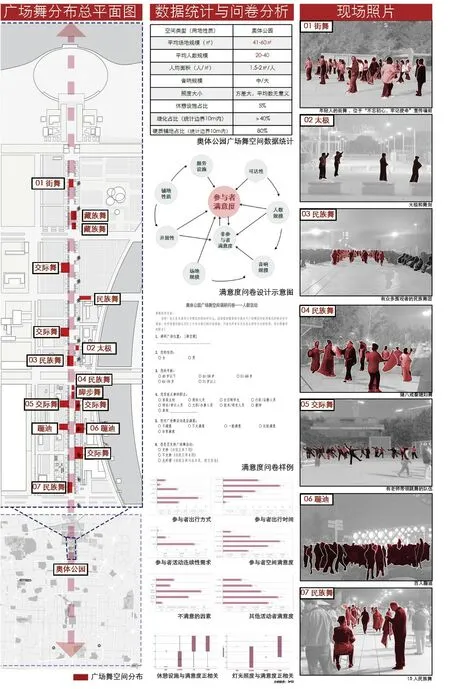
图4 / Figure 4奥体公园广场舞,涂晗Chinese Square Dancing in Olympic Park, TU Han

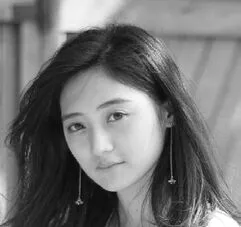

图5 / Figure 5奥体公园午睡现象,刘正斯Nap Space in Olympic Park, LIU Zhengsi



图6 / Figure 6五棵松陪同空间,万鑫Accompanying Space in Wukesong, WAN Xin
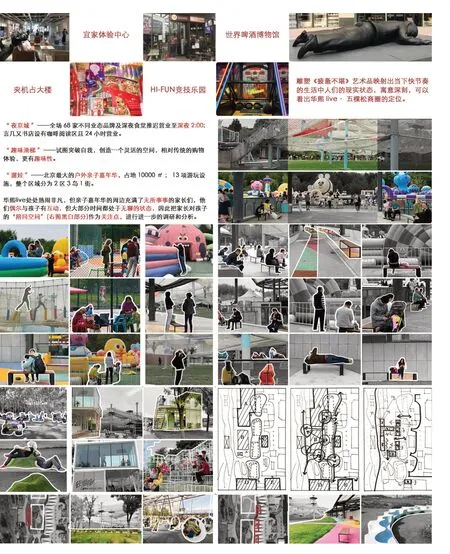


图7 / Figure 7五棵松城市镜面,赵志阳Mirror Installation in Huaxi LIVE of Wukesong, ZHAO Zhiyang


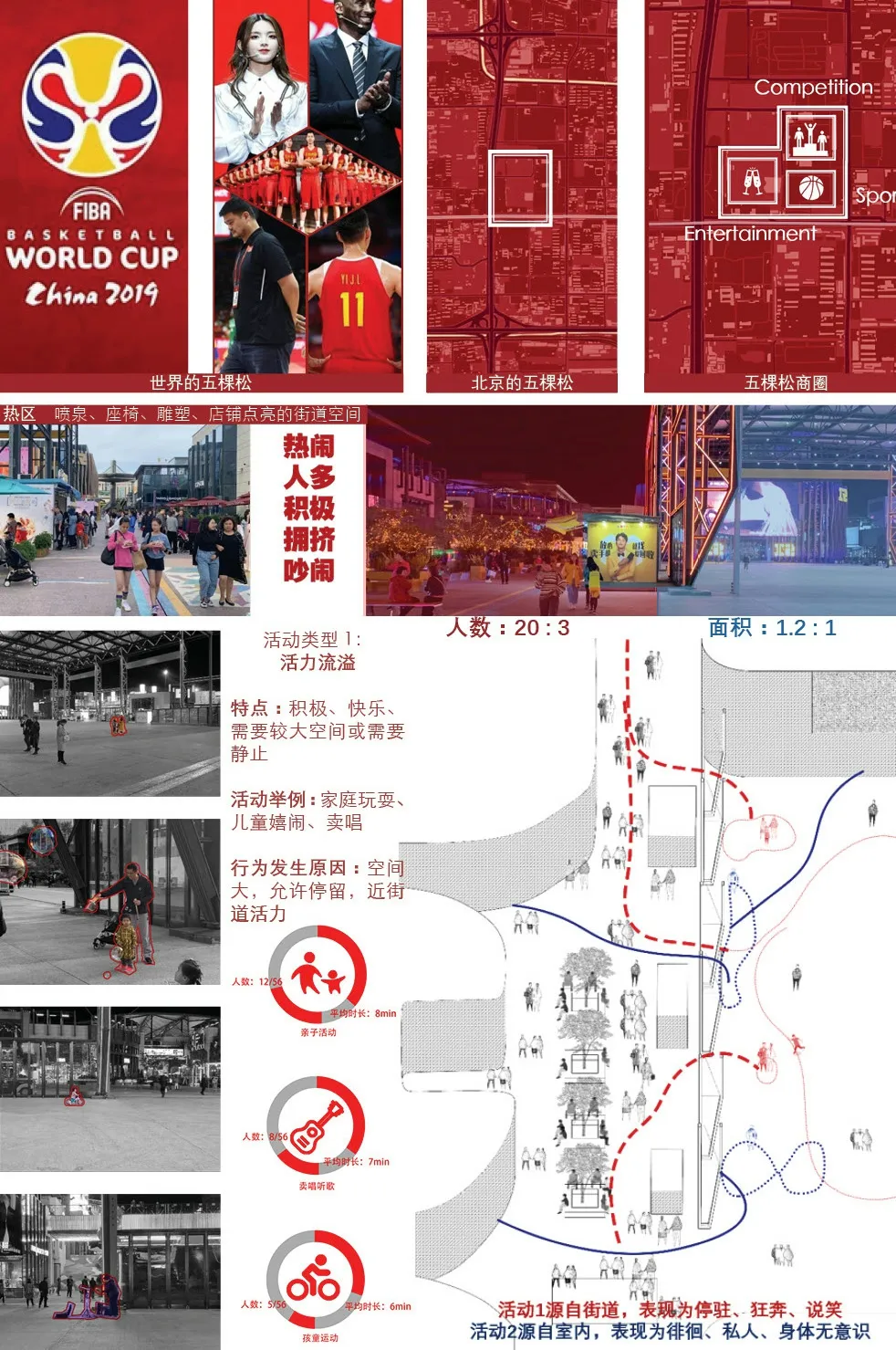
图8 / Figure 8五棵松冷热交界,高英洲Deserted and Lively Space in Huaxi LIVE of Wukesong, GAO Yingzhou
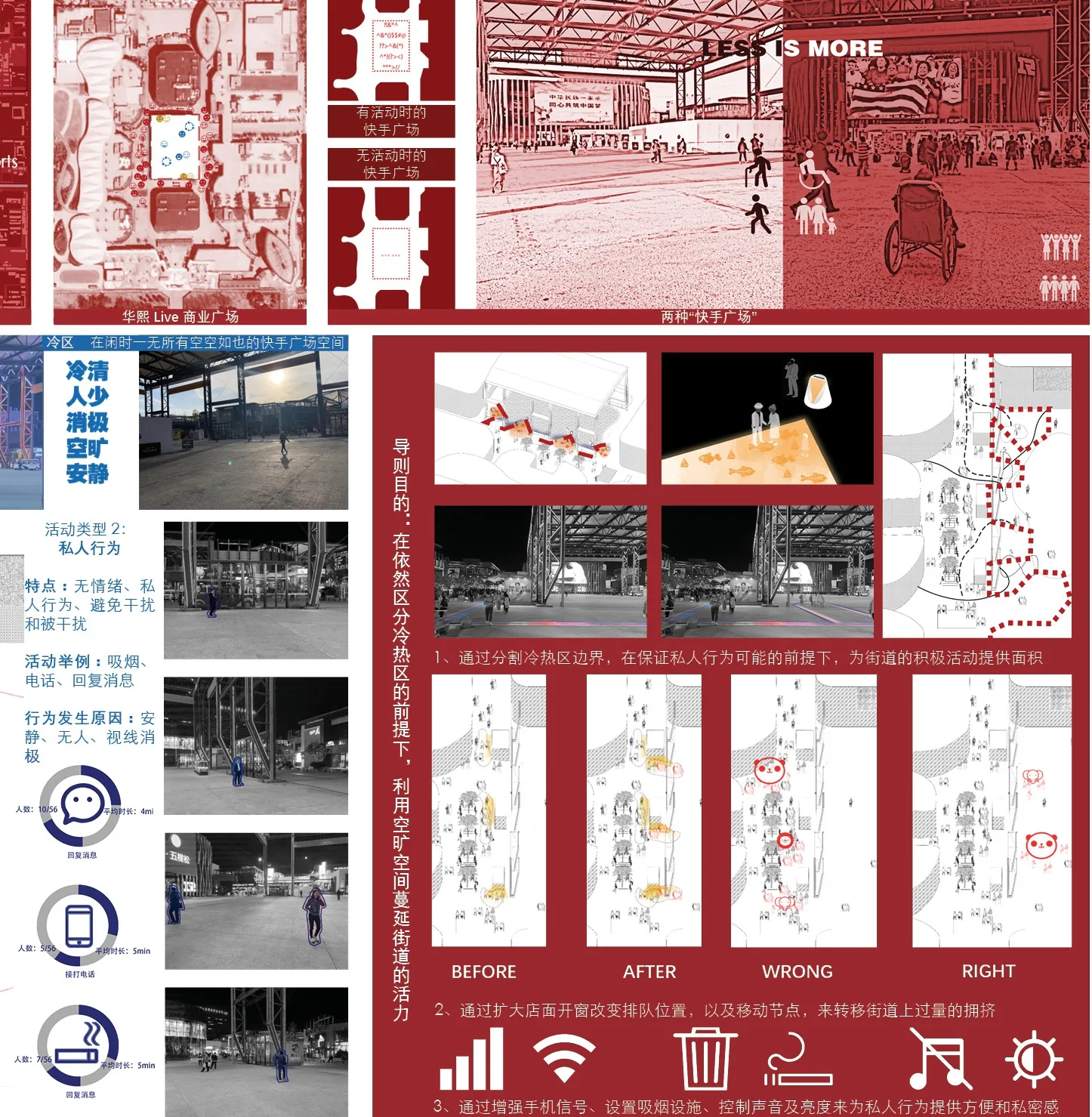


图9 / Figure 9金融街咖啡馆,张仲奇The Cafes in Beijing Financial Street, ZHANG Zhongqi

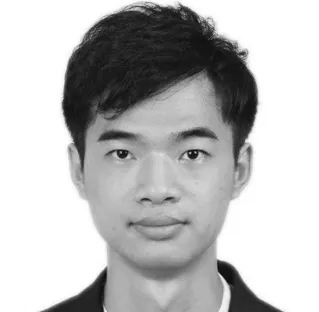

图10 / Figure 10前门大栅栏晾衣,洪正彦The Place to Airing Clothes in Dashilar, HONG Zhengyan


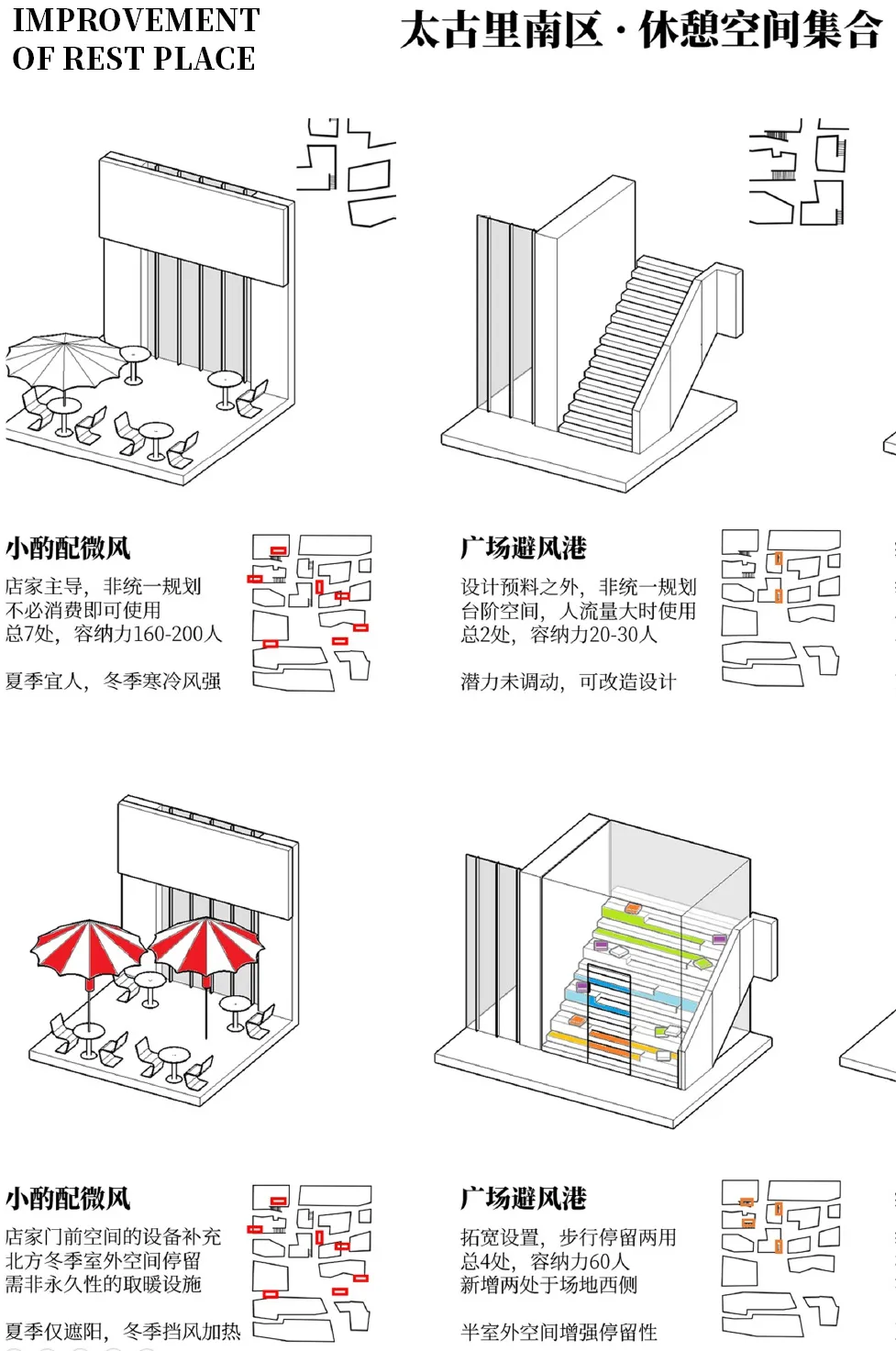
图11 / Figure 11三里屯太古里歇脚处,李涵一Rest Place of TaiKoo Li Sanlitun, LI Hanyi
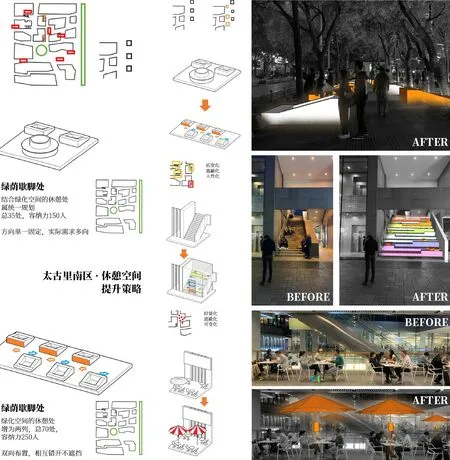

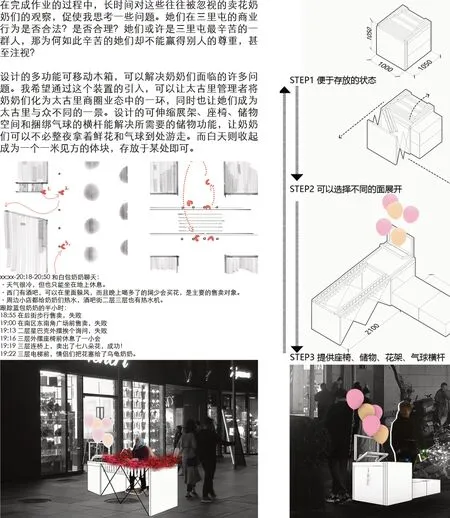
图12 / Figure 12三里屯太古里卖花奶奶团,周敬砚Flower Sales Space of TaiKoo Li Sanlitun, ZHOU Jingyan

